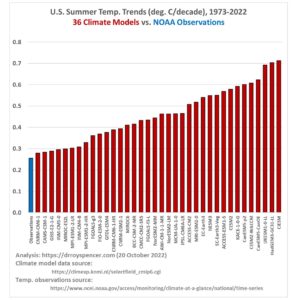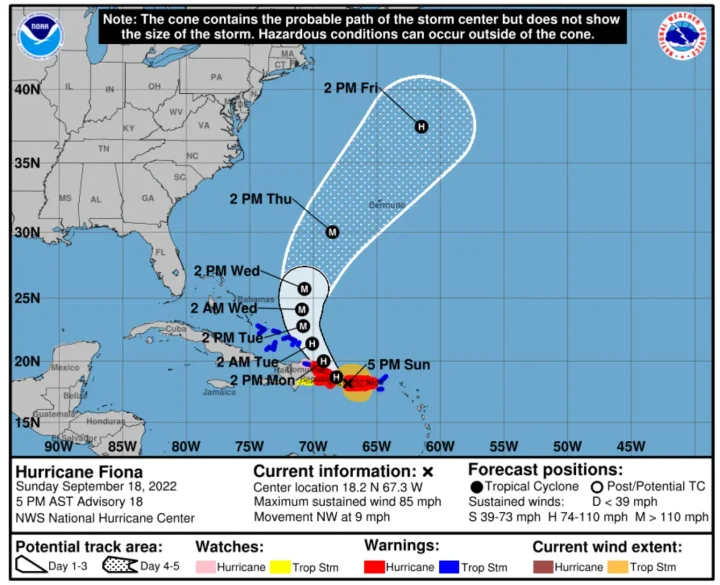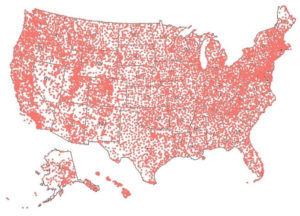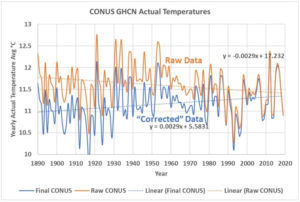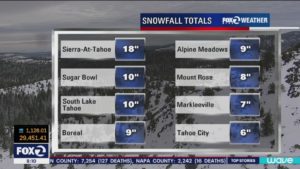by S. Graham, June 20, 2024 in WUWT
oday’s media are filled with concerns about air pollution. But few people know which energy source has produced the greatest modern reduction in air pollution. The answer isn’t wind or solar energy.
During the 1950s, my grandfather had a coal furnace in his basement, like many homes in Chicago. Five days after a winter snowfall, the snow was covered with a visible black film of dust from coal furnaces. Our younger generation does not know the original reason for “spring cleaning.” Every spring, homeowners would wash their inside walls to remove coal dust.
It was the rising use of gas fuel, primarily natural gas along with propane, that produced the greatest reduction in air pollution in the United States and across the world. Gas furnaces and stoves have replaced wood in businesses and homes in developed nations. And natural gas power plants have replaced coal-fired plants to generate electricity, with gas becoming the leading fuel for industry.
Natural gas and propane are clean-burning fuels that emit no harmful pollutants when burned. When gas heating is substituted for coal or wood heating, indoor particulate pollution is reduced by 1,000 times.
Today, 70% of US homes use natural gas or propane, a percentage that has been rising for decades. Gas fuels have also become the leading heating and cooking source in Europe, providing 83% of heat energy in the Netherlands and 78% in the United Kingdom. But there are still 70 million wood stoves in Europe.
The World Health Organization estimates that 2 billion people in developing nations still cook using open fires or inefficient stoves fueled by kerosene, biomass (wood, charcoal, animal dung, or crop waste), and coal. These fuels generate harmful indoor air pollution. Indoor air pollution is estimated to cause more than 3 million deaths annually in poor nations. Emerging nations need gas fuels to boost health and well-being.
…


